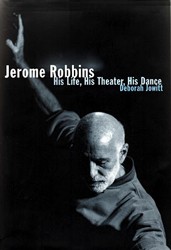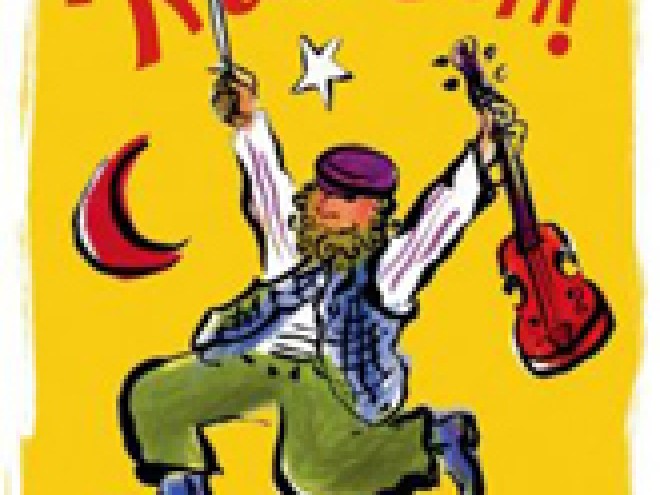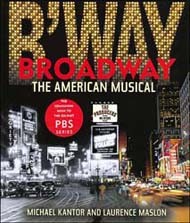Eddie Cantor? Really? If you’re a millennial, you have no clue who he was, or why you should care, and your boomer parents may only remember him as someone Lenny Bruce dissed by calling him goyish, uncool. So it is no small miracle that author David Weinstein manages to make the story of Eddie Cantor’s career timely, instructive, and really rather remarkable.
Eddie Cantor (1892−1964) was orphaned young and raised by his grandmother with lots of love but little money. Like many kids on the Lower East Side, he dropped out of school and tried his hand at petty crime before he realized he had a useable asset, his gift of gab. After working as a singing waiter he tried show business, which, at the time, meant anything from burlesque halls to the Broadway stage. Once he caught Ziegfield’s eye he had more regular work, and the chance to develop his own routines. From the stage he broke into movies, then radio, and finally television.
Cantor’s rags-to-riches story becomes a lot more complicated when his Jewish identity is factored in. The 1920s, when he was building his stage identity, were also years of intense nativism in America. Cantor’s decision to weave strudel and matzoh ball references into his lyrics, and to caricature pushy Jewish salesmen and nebbishy guys with sly sex appeal, seems utterly daring, even heroic.
But then there are his blackface performances, and suddenly his ethnic bravery seems decidedly one-sided. Fortunately, Weinstein spends some time on the nuances of Cantor’s blackface, asserting that it wasn’t some racist nostalgia for Dixie, but a complex ethnic/Jewish sometimes cross-dressing shtick. Readers can examine for themselves a copy of the cover of Cantor’s sheet music for “My Yiddisha Mammy.”
Since the use of blackface could be material for a whole other book, Weinstein wisely returns to his larger theme, Cantor’s presentation of American Jewish identity in the twentieth century. Cantor always walked a fine line with his cultural choices — when to play with Jewish stereotypes, when to tone them down. Increasingly, he chose to develop an off-stage commitment to the survival of the Jewish people, as a fundraiser and spokesman for Jewish refugee agencies, Israel bonds, Hadassah, and other Jewish philanthropies. When World War II approached, he became a major fundraiser for the American war effort, selling war bonds, heading blood drives, and organizing Christmas gifts for wounded soldiers (“Give a Gift for a Yank Who Gave”). So high profile were his ecumenical, pro-America campaigns that after the war, he was less vulnerable to McCarthyism than other Jews in show business.
This reconsideration of the career of Eddie Cantor provides an unexpected look at a pioneer in the art of being publicly Jewish. As the old saying goes, “Try it, you’ll like it.”
Bettina Berch, author of the recent biography, From Hester Street to Hollywood: The Life and Work of Anzia Yezierska, teaches part-time at the Borough of Manhattan Community College.




